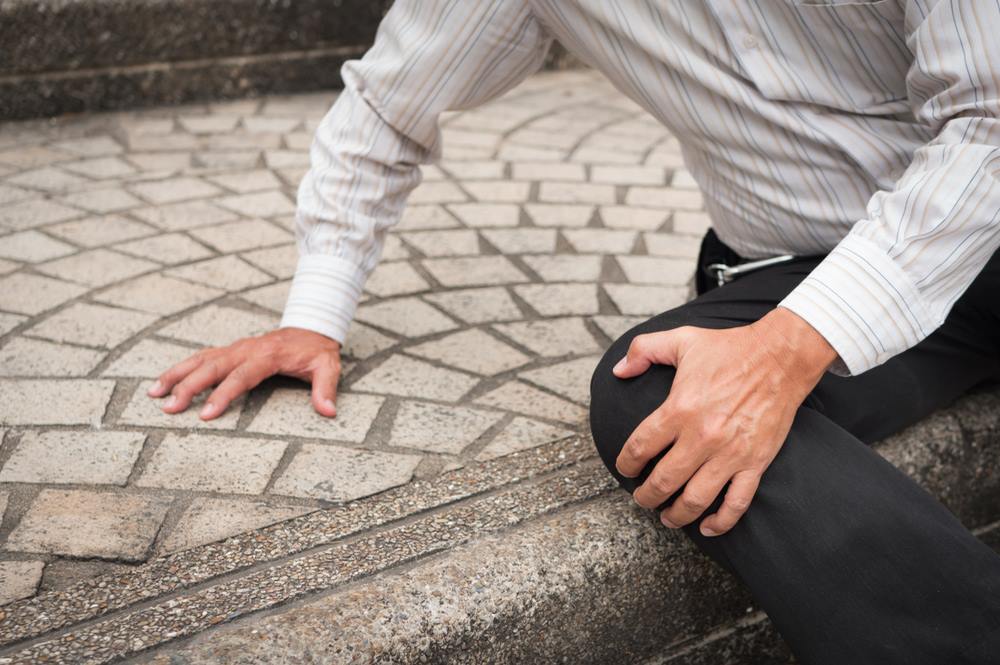Osteoporosis Types

As they age, both men and women may need canes to walk, or are seen taking support to get up. This deterioration of the skeletal system in elderly can be a consequence of osteoporosis. Osteoporosis is popularly related to women, however, it has a fair chance of affecting elderly men, and in some cases may arise in children and adolescents. Osteoporosis can be typified on the basis of the population in which it occurs; children, or adults. A lot of factors contribute towards bone development and bone mass maintenance. Hence, osteoporosis can also be further classified on the basis of underlying factors that lead to bone loss.
Types of osteoporosis in adults:
Osteoprosis can be of two types – primary and secondary. [6]
- Primary osteoporosis, type 1
It is also called post-menopausal osteoporosis. It occurs in women 5-10 years after their menopause due to decline in the levels of estrogen. This altered hormonal level of estrogen that maintains bone homeostasis by coordinating activity of osteoblasts, causes a decrease in the density of the trabecular network in the spongy bone. The vertebra in the spine and the bones in forearm are primarily fractured.
- Primary osteoporosis, type 2
It is also called senile osteoporosis, or age-related osteoporosis. It affects both men and women after the age of 60, though occurrence in women is more common. As the body ages, it produces less vitamin D3, which is held responsible for decreased absorption and utilization of calcium. The bones age and lose their density and mass. The thinning occurs in the outer compact bone and also involves the spongy bone matrix. Fractures of weight-bearing bones in the leg or pelvis can occur.
- Secondary osteoporosis, type 3
Osteoporosis can occur secondary to other diseases or condition that affect bone health. These can be related to poor diet, poor absorption of dietary elements, hormonal imbalance in the thyroid hormone, parathyroid hormone or adrenal gland hormones, or certain medications that can affect bone health.
Types Of Osteoporosis In Children

Osteoporosis in children and adolescents is coming to the limelight. Rather, a proper screening of bone developmental process is suggested in childhood, as some researchers believe that senile osteoporosis is, in fact, an offshoot of juvenile disorders in the bones.
- Secondary juvenile osteoporosis
Children can also develop this skeletal disorder which may be secondary to some other diseases, just as discussed above. Certain genetic disorders which may involve the bone marrow, hormonal secretions, and/or connective tissue can lead to adverse effects on bone development in its prime time of growth, and eventually lead to osteoporosis. Chronic inflammatory bowel disease, hyperthyroidism, hyperparathyroidism, malnourishment, and medicines for cancer treatments are a few associated conditions.
- Idiopathic juvenile osteoporosis
If the underlying cause of bone defect cannot be traced, it is termed idiopathic. It is a rare occurrence. The child may have pain in bones, and other posture abnormality. In most cases, a complete recovery is made with advancement into adulthood, but in rare cases, it may further aggravate with age.

